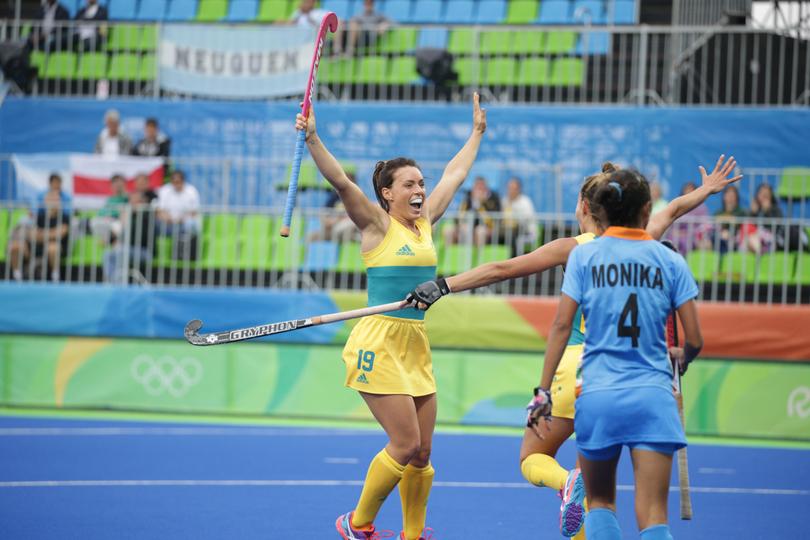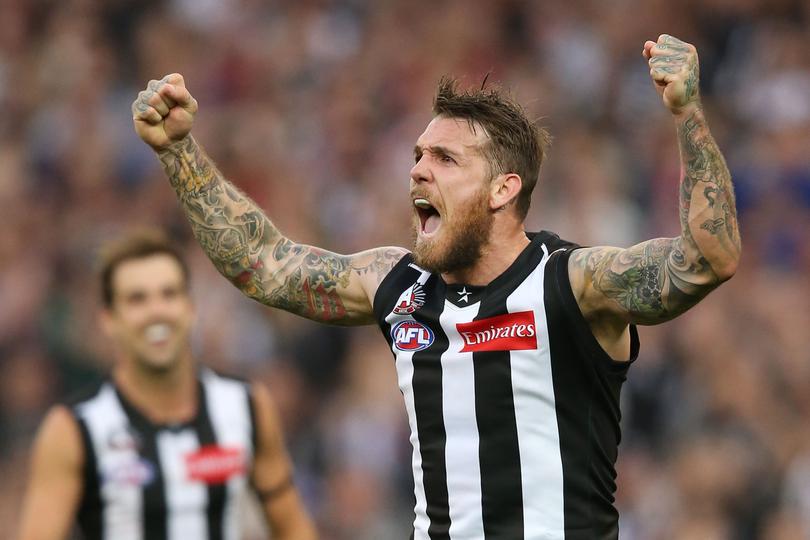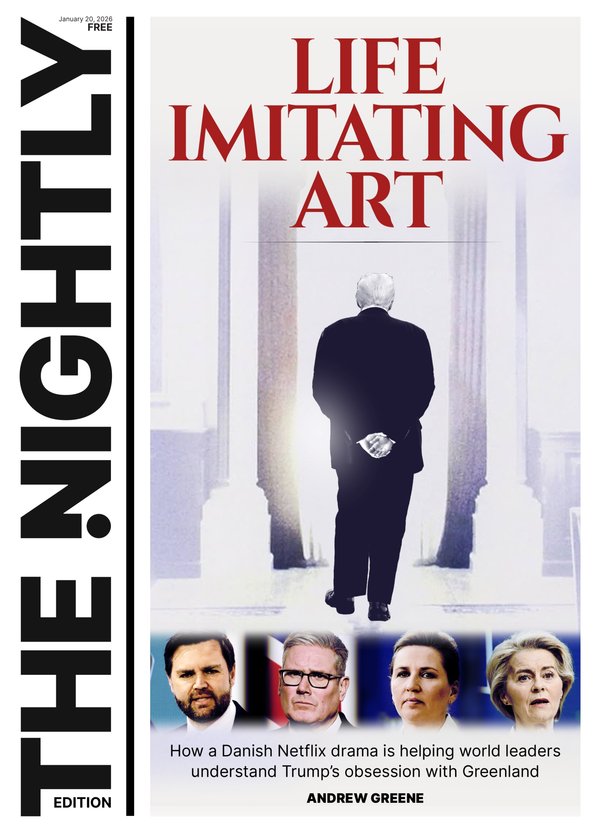Georgie Parker: Player weight listings not the real issue in body battle

The AFL has announced they will not be displaying players’ weights on their player guides from now on, and footy fans — rightly — find it insane.
When I first saw this I thought ‘finally, there is a topic that I am an expert in’, because I was the president of ‘Fat Club’ in my team.
I know all about the stress of the metaphoric and physical weight I was carrying.
Sign up to The Nightly's newsletters.
Get the first look at the digital newspaper, curated daily stories and breaking headlines delivered to your inbox.
By continuing you agree to our Terms and Privacy Policy.Now ‘Fat Club’ is an absolutely insane name for a group full of elite athletes, because we were obviously never fat, but every single professional-standard team would have one.
Within this group you had a transient mix of players. For example, you had injured players who weren’t real members because they had an excuse. Then you had the ones who just came back a little heavier after a break, but they never lasted long, and often didn’t come back in to the group after realising it wasn’t an overly fun group to be a part of.
But then you had the ones like me, who could get themselves fit, fast and strong and exceed all other physical standards, yet still had close to the highest skinfolds in the team.
We were the ones with the leadership positions in the group. We were the ones who had to welcome in the newbies for the extra conditioning sessions we had to do, or help them find a time to see the dietitian of which you’d cut half of what they were telling you to eat to hit your goal earlier anyway.
We’d tell them some tips and tricks in trying to lower your skinfolds really quickly, which in hindsight was totally unsafe and I shudder when I think of what I used to do.
I’d be absolutely lying to you if I said I didn’t have a totally unhealthy relationship with my body that can be absolutely pinpointed back to sport. From being 16 and being told to put my fingers down my throat to lose weight, to not being selected for my junior World Cup team because - I quote - was “fat and unfit and this is the wake-up call you need”, to being singled out as one of only three girls to get our skinfolds taken in the Olympic village, four days before our first game (like that would change anything).

I’m writing this not for pity, but to say that not a single bit of that unhealthy relationship is down to the kilogram number you would see on Google.
Firstly, you can put any number down there, and your weight changes so regularly anyway that it wouldn’t be entirely accurate anyway. It’s more so a rough guide which I think is important for fans of the game to know.
It’s important to see the weight gain of a 200cm ruck who has been drafted at 80 kilograms to see how their development is going, just as it’s important to see the weight loss from youngsters who are transitioning in to running midfielders.
Those numbers give just as much information as time trial times which we go mad for, and often, go hand in hand. It’s important to see the match-up weight of a key defender and key forward, just as much as it is to see their heights — those numbers are both absolutely integral for match-ups and therefore something the fans should be able to know.
That number isn’t the number that is making you as an athlete go crazy about your body.
Your peers, coaches and yourself: They’re the ones who know the actual numbers that are important and that won’t change.
As an athlete you are continually judged from yourself, your peers, your coaches, from the media and from the fans. It’s relentless.
The judgement from the fans is from how you’re playing, and your weight is just extra information for game day. Dane Swan proudly talks about how he was in Fat Club yet still won a Brownlow, and you’d be hard pressed to find a Collingwood fan who wanted him out because he was carrying weight.
The media will write what they want to write about you anyway, and your actual weight won’t sway the headline that is going to get clicks or an unflattering picture that even the mightiest of athletes can still take.

Your peers, coaches and yourself, however: They’re the ones who know the actual numbers that are important and that won’t change.
The club, as in your teammates and your coaching staff, is where the real pressure comes from, and the ones who can create an environment that is either unhealthy or healthy.
The AFL can’t change that, and taking weights off player profiles in what seems as a tokenistic gesture is doing nothing other than make fans think they’re getting ‘soft’ when the athletes don’t care because that’s not where the pressure is coming from. I’d argue the label of being ‘soft’ due to things out of their control is doing more harm than a number next to their name.
Parts of being an athlete makes it the best job in the world, and other parts make it really hard. This, body composition, is the part that made it really hard for me, and it shortened my career because the stress was unbearable.
So if me, a person who has severe body image issues from playing, wouldn’t mind my weight being displayed, then I think that’s a fairly good endorsement that the AFL is creating a problem that doesn’t exist.
